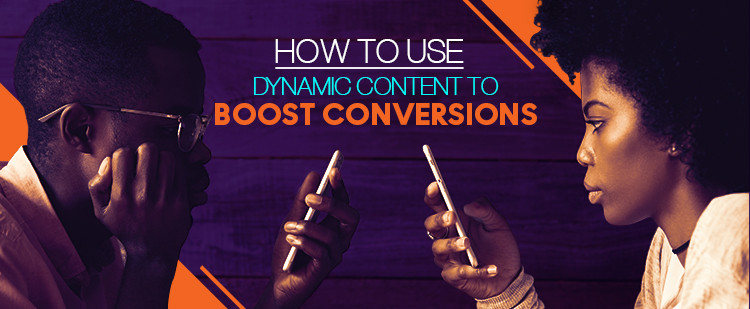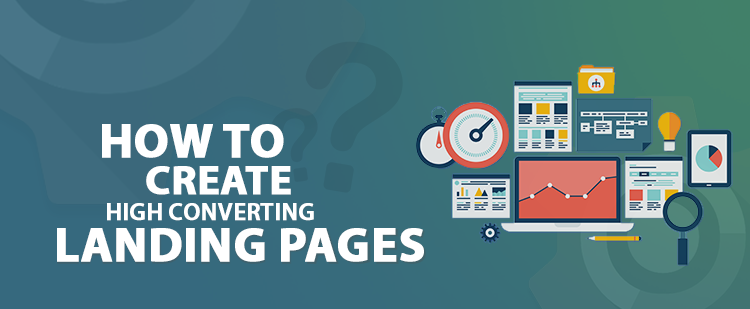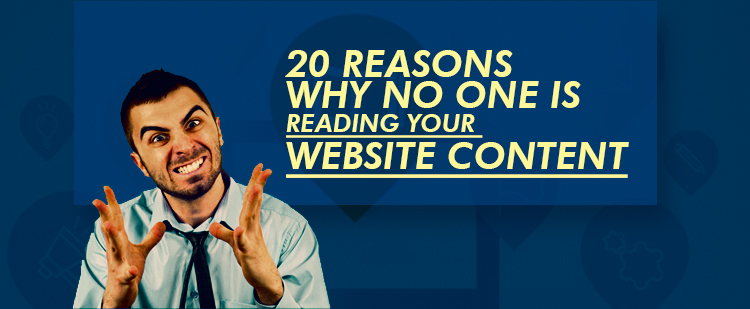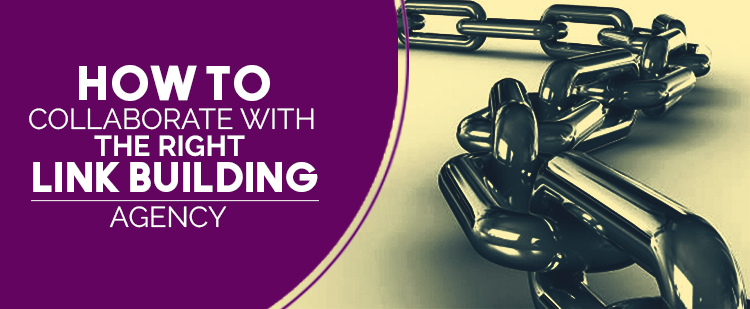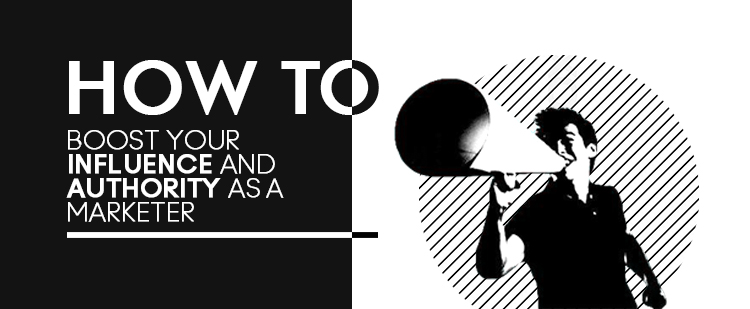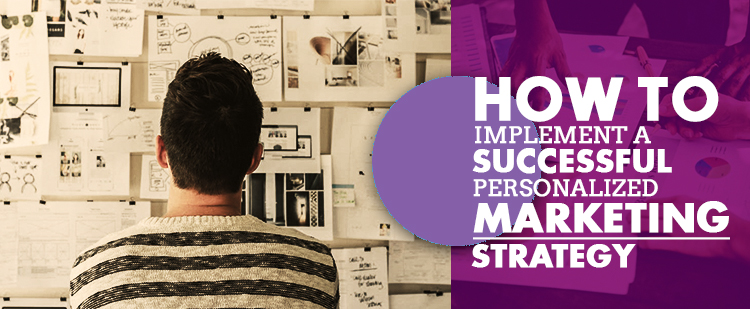It is frequently neglected that there is a connection between readability and search engine optimization. Readable content can do wonders in SEO.
When you create content, it should be:
- skimmable
- composed at a proper reading level
- use only compact sentence structures
- prefer only uncomplicated words
At the point when your content is simple to read, chances are high that your visitors will keep reading. This implies a more extended occupying time, a superior bounce rate and better rankings in seeking.
In this article, we will give you tips to make your content more readable. Likewise, we will demonstrate to you a couple of tools that check readability before you click “publish.”
Tips for composing more readable content
Try your hands on implementing the following tips as soon as possible. Editing as your own for readability for your content can be time-consuming and also tedious.
If you can intentionally take a shot at making content clear as you think of, you won’t need to invest more energy in editing subsequently. Following are the best tips to make your content more readable:
1. Establish a solid first impression
In the event, if it’s a case study or a tale about a client experience, begin with a conflict and demonstrate the client’s challenge. Individuals with similar dissatisfactions will relate and keep reading to perceive how your business figured out the issues.
Regardless of how you begin, the presentation ought to mirror the substance of whatever remains of your post. That way you don’t deceive readers and they won’t leave the page when they don’t get what they anticipated.
2. Make the content skimmable
It is a fact that most of the people just scan through the web pages or web content. It might be hurting to compose a content realizing that your audience won’t really read the entire thing.
However, if you can give valuable data, readers will discover precisely what they are searching for while skimming through the page. They won’t leave your page in dissatisfaction.
One of the simplest approaches to make a content skimmable is to separate the duplicate with formatting techniques. Following are a couple of things to begin incorporating into your content:
Headings: Use of headings will help to recognize fundamental topics of the different segments of content. Utilize H1 and H2 labels to design your content, as well as to enable Google to access your page to understand what it is about.
Bullet points: Exactly like these kinds of pointer heads to differentiate content into segments.
Numbers & listicles: Using numbers is a simple method to compose a bit of content and split it up into sub-points and show how everything identifies with each other.
Short paragraphs: Make sure that you only put a couple of words on each line. Otherwise, it will relatively be irritating to read the content. You need to utilize more line breaks; however, an excessive number of it makes it troublesome for readers to understand the point of each passage and where to focus.
Visuals: Photos, videos, and different graphics help to separate the duplicate, as well as add interesting components to your content, urging readers to remain on the page.
Bold, italics and hyperlinks: Using these formatting techniques can feature keywords and the essential outcomes in sections.
3. Use suitable and natural language
Before creating content, you need to know who is your crowd. As you build up your purchaser personas, take note of the kind of the language your audience uses.
Concentrate on the content your audience absorb, regardless whether it is a famous blog or industry magazine, and focus on how they discuss the themes they cover.
Unless writing a technical stuff or for academic purpose, use a conversational tone. Using a conversational tone, you will have a capacity to address a more extensive scope of your audience.
Using pronouns, like “I” and “You” upgrade the conversational tone. It helps in building up a relationship with your audience by enabling them to become more acquainted with you.
It is likewise a review without bounds discussion that the prospect may have with a salesman. This kind of conversational tone is called natural language.
At the point when individuals make inquiries in a search engine, particularly when they use voice search, they are not using any keywords but they are utilizing full sentences.
So your content should answer these inquiries. Google’s algorithm has advanced to sorting out accommodating answers over keywords.
4. Be aware of word choices
Indeed, even with formatting that splits up content, complex word choices and long sentences will reduce readers. Following are a couple of formatting and writing tips to keep in mind:
Avoid fluff: Make sure you don’t use repetitive kind of words in your content. What is important is imparting your message plainly and being as connecting with as would be feasible.
Make use of active voice rather than passive voice: The subject of your sentence ought to do the activity. For instance, active voice resembles this: “Ram distributed the papers”, while passive voice resembles like this: “The papers were distributed by Ram.”
Passive voice can frequently cause negative responses since it’s lengthy and not as direct, and also sometimes irritating to read.
This is a simple error to make while you are writing, so bear in mind to search for it during the proofreading process.
Use only fewer adverbs: Like using the passive voice, an excessive number of adverbs undermine your written work. Adverbs change verbs and more often not end with ‘ly’, for example, “He rapidly hurried to class.” Instead of adverbs, use more expressive verbs. For the above-quoted example, it can be altered to “He dashed to class.”
Stay away from empty phrases and superlatives: Let’s consider the example of a baker and his marketing phrase goes like this “The world’s most delicious cookies.” That sounds great; however, the phrases are overused.
Besides, there is no real way to demonstrate it! Rather, ask what makes the following one interesting, “Does anyone has created such uber-delicious cookies that won the American Gingerbread contest last year?” This says significantly more in regards to the item without exaggerating.
How to review the readability of your content?
On the off chance you don’t have an editor on the team, recruit someone else in your company, or even a friend or family member if needed to review your content. A fresh set of eyes will be able to let you know how readable your content is.
There are also some scales that measure the readability of your content and review the average length of your paragraphs, sentences, and words:
The Flesch Reading Ease score: It rates in between 0 to 100, with 100 being the clearest. Scores rating between 60-70 can be rated as eligible for grown-up readership.
The Flesch-Kincaid Reading Grade: It indicates what reading level in school is required for somebody to grasp your content.
According to Readable.io, you should aim for grade 8 or beneath to guarantee your content is readable by 80% or greater amount of Americans.
Following are a couple of supportive devices to decide these scores:
Hemingwayapp.com – This is a free web application, or else you can pay to download it to your desktop. This app is particularly valuable for authors who tend to use more complicated words and sentence structures.
It provides your content a reading level and features all the issue regions so that you know precisely what to settle.
Yoast: This mainstream WordPress module for measuring SEO meta tags and definitions additionally has a component that decides readability.
It gives a Flesch Reading Ease score, which measures the usage of passive voice and recognizes the sentence length and that’s only the tip of the iceberg.
Readable.io – This is a web application that checks the Flesch-Kincaid Reading Grade, the Flesch Reading Ease score in addition to numerous other scales.
Also, it checks content details like characters per word, number of adjectives, reading time and so on.
Grammarly: Use this as an application or as a convenient Chrome extension. As the name recommends, it checks the language structure of your content, and additionally spelling, style, punctuations, and offers suggestions for correcting your content.
Even though there is no readability score, Grammarly will catch a significant number of mistakes that will help to increase the quality of readable content.
Final Thoughts
The primary goal of writing readable content is to answer your reader’s inquiries. Your content has to be snappy and simple for your audience to absorb.
Figuring out how to create readable content needs a numerous number of rehearsals. However, it will be justified despite all the trouble over the long haul for better results of SEO.
